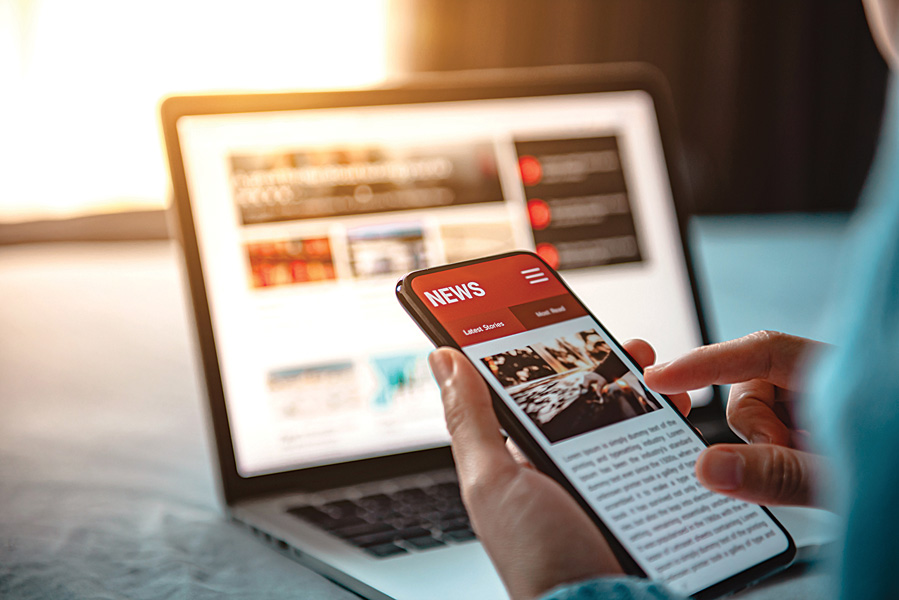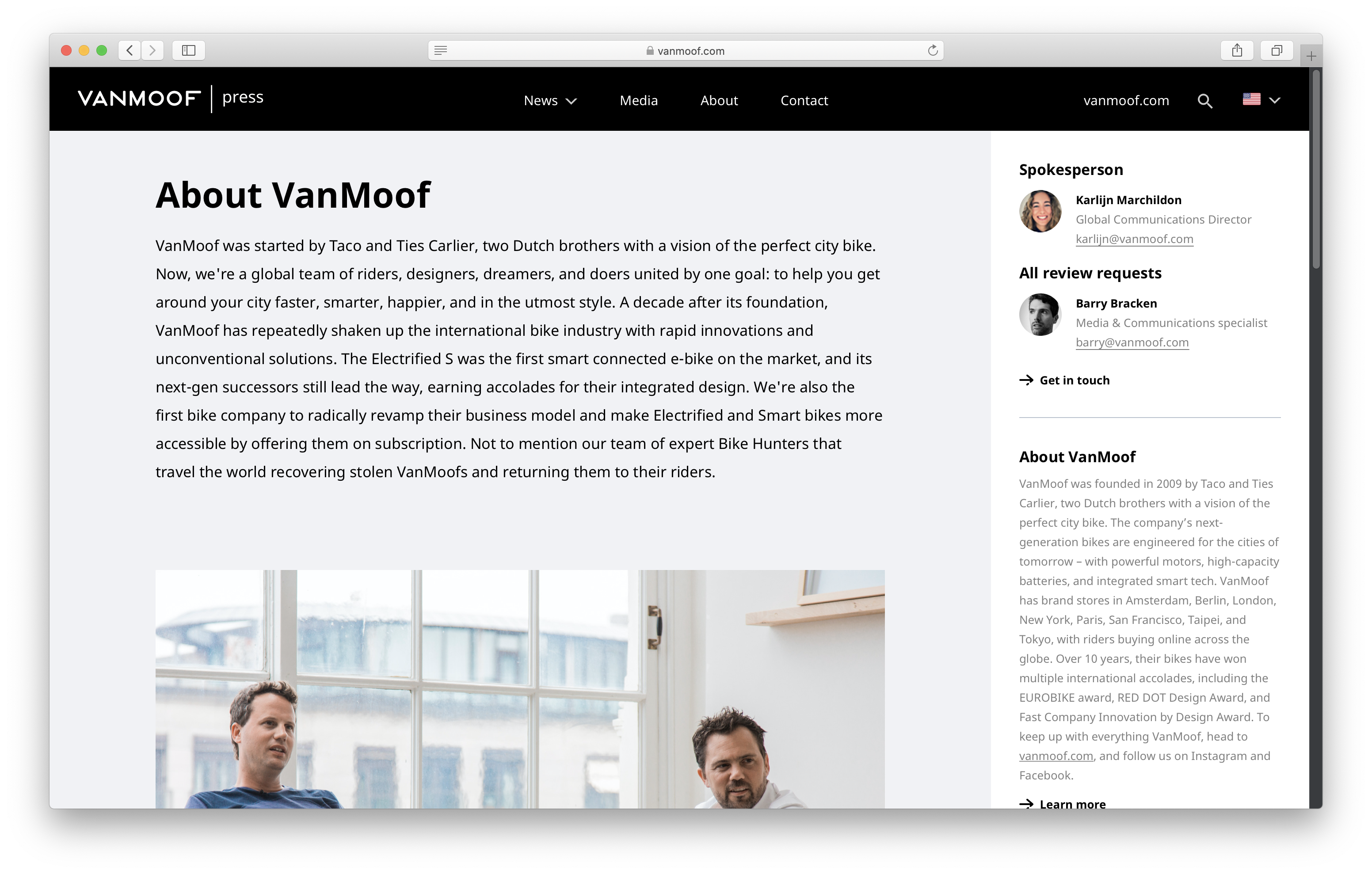The Single Strategy To Use For Popular News
The Single Strategy To Use For Popular News
Blog Article
The Basic Principles Of Popular News
Table of ContentsA Biased View of Popular NewsPopular News Fundamentals ExplainedThe Ultimate Guide To Popular NewsThe Ultimate Guide To Popular News
Age is likewise a consider the way individuals watch the role of social networks. More youthful social media sites information customers are more probable to say it has actually influenced their learning right. About fifty percent of social media sites information consumers ages 18 to 29 (48%) state news on social media sites makes them better educated, compared to 37% of those 30 to 49, 28% of those 50 to 64, and 27% of those 65 and older.Reporters evaluate news worths when identifying whether or not to cover an occasion or statement. Perhaps the most vital aspect of newsworthiness is whether or not the information product being connected effects an information outlet's target market.
Proximity is essential. Journalists are interested in points that impact their neighborhoods. As an example, research study on a state's new tax obligation code likely won't create the same rate of interest throughout state boundaries. Sometimes experts can aid center a larger national tale that impacts greater than simply a city or state. In these situations, it is essential to be looking for possibilities where topic specialists can provide insight or where comparable jobs might be taking place locally.
If you are releasing relevant research, loophole in MarComm before the post being published to ensure that the pitch can emphasize the most recent aspect of the tale: the magazine of the research study. Occasions and announcements that involve prominent figures are more probable to produce media insurance coverage. Gos to from national figures frequently call for months of preparation because of expected area passion.
More About Popular News

Human interest elements can include news value to other stories that may appear to be doing not have in the various other worths. The uniqueness or curiosity of a circumstance can assist affect whether a news outlet is likely to cover a story. While this is not an exhaustive checklist, checking to see if your story or occasion has these top qualities prior to contacting us will help you determine which elements hold the most information value.

The Best Guide To Popular News
There is also substantial proof that more consumers might start to pay for information in the futureif publishers can recognize them and serve them well. Fifty percent of those that do not pay for information actively look for out information and resemble customers in numerous methods. Popular News. And virtually 2 in 10 of those who don't register for information now show they are inclined to begin to pay in the future
We then ask a collection of inquiries to identify whether people spend for certain kinds of information resources. We asked individuals to name the sources they make use of most oftenwhether they go to the website pay for them or nothow they use them, the certain points they consider essential about them, and some associated concerns regarding the price and worth of that source.
People are attracted to information as a whole for 2 factors above others: A desire to be informed residents (newspaper clients in specific are very encouraged by this) and because the publication they subscribe to excels at covering certain topics regarding which those customers especially care. While there are a host of factors, the No.
Even more than 4 in 10 also cite the fact that family and friends subscribe to the same item. Greater than a 3rd of individuals claim they initially subscribed in action to a discount or promotion. In print, people also are moved heavily to subscribe to get vouchers that save them money, something that has untapped implications in electronic.
Popular News for Dummies

We asked everyone who informed us they have a regular complimentary resource of information how likely they would be to pay for it. Greater than a quarter (26 percent) state they would certainly go to the very least rather most likely to start paying for itand 10 percent are really or extremely likely. These likely payers often tend to be news hunters, and they likewise have a tendency to be individuals that currently pay for an information registration in enhancement to the resource they adhere to totally free.
Of those that do pay, 54 percent subscribe to newspapers in print or electronically, which stands for 29 percent of Americans overall. Most of them purchase a print magazine in addition from this source to their newspaper and pay for two to 4 news sources in overall, some a lot more. And while 53 percent are long-time customers (5+ years), greater than a quarter (27 percent) have actually purchased their newspaper membership within the previous year.
Couple of print customers assume it most likely they will switch to a digital-only membership in the future, and even more than fifty percent of those who like electronic have actually never ever spent for a print version of the very same source. Popular News. Completely 75 percent of paper payers claim they primarily read the paper in print, while 21 percent are mostly electronic users, and 4 percent describe themselves as evenly split
Report this page